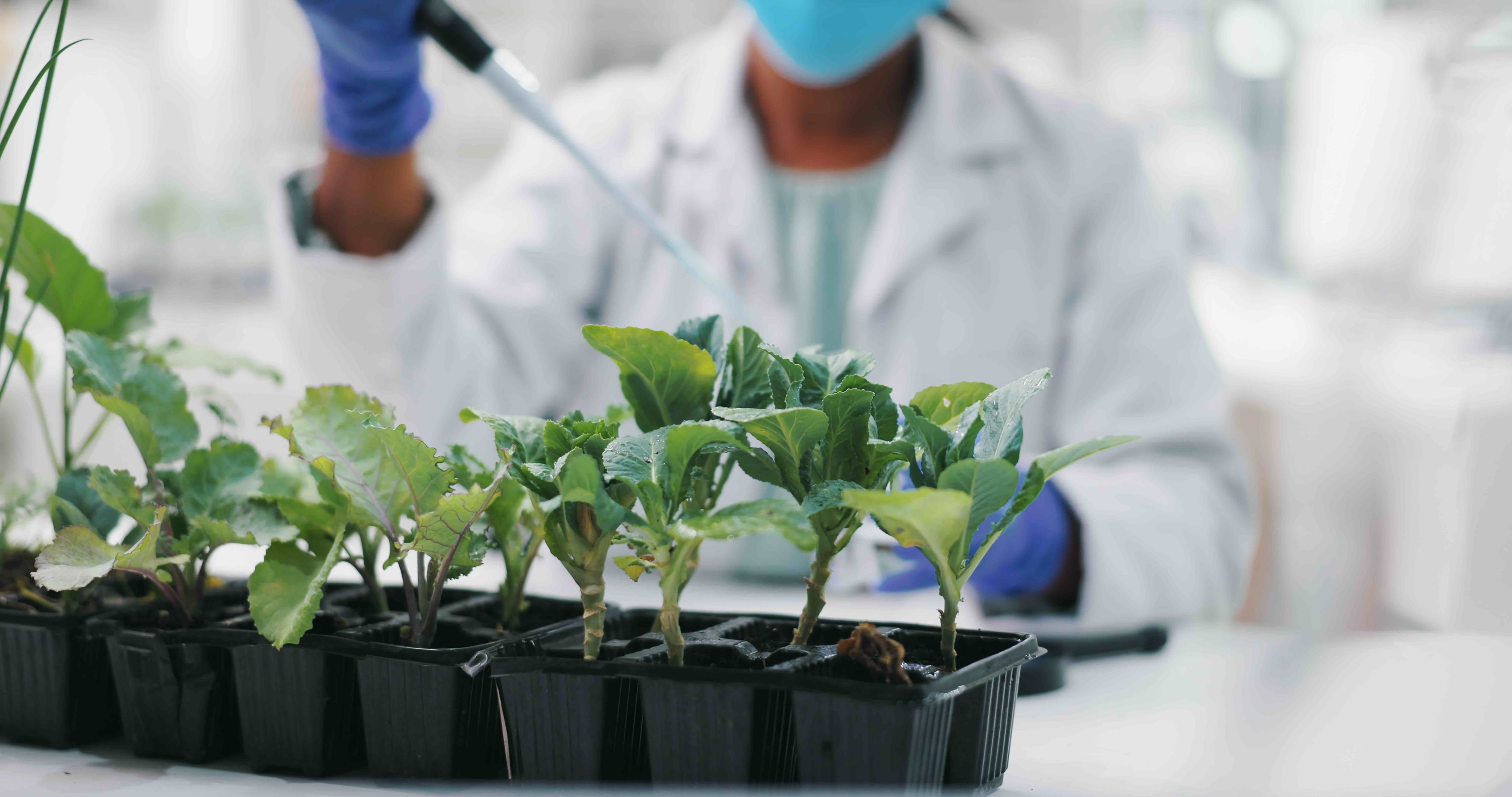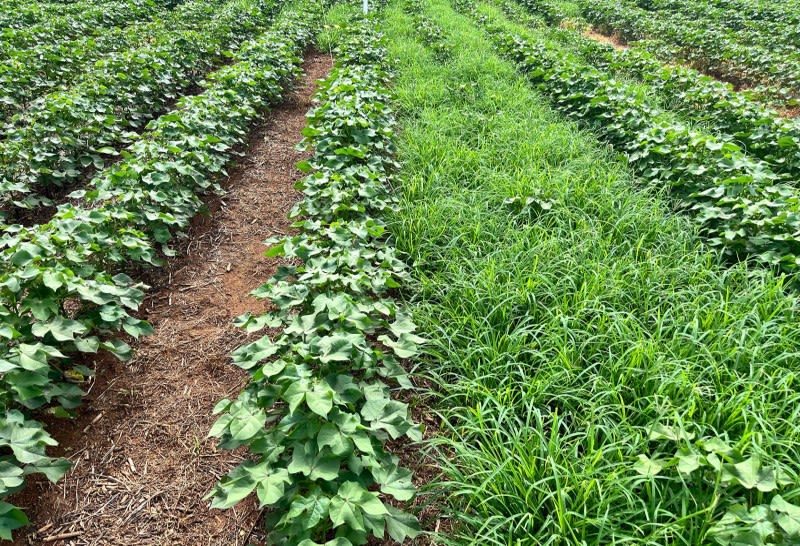Breakthrough herbicide for cleaner fields and higher yields
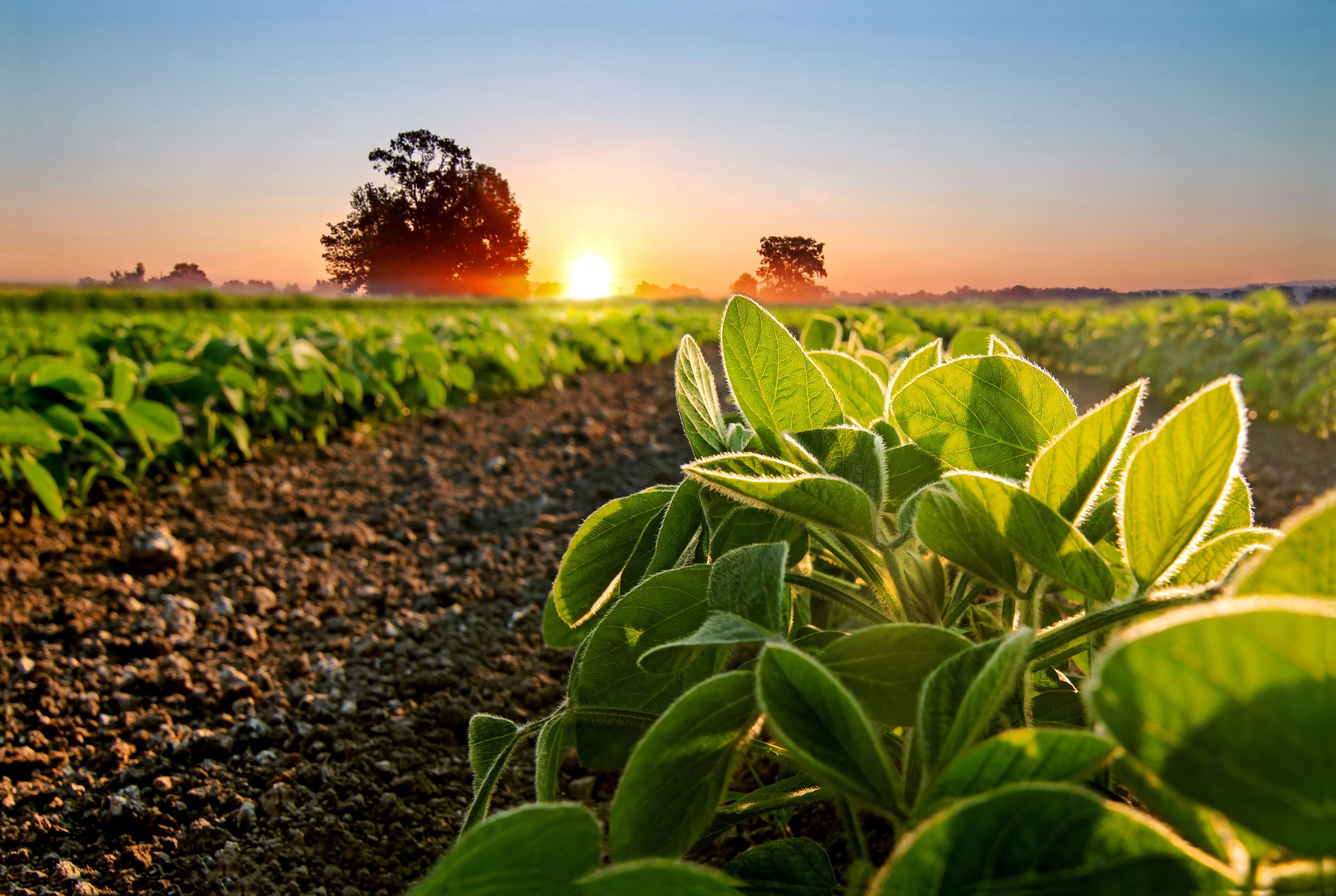
VIRESTINA™ technology brings much-needed innovation to Latin America farmers facing herbicide-resistant weeds.
This year, Syngenta is celebrating its 25th anniversary. Check out more of our stories about innovation.
This year, Syngenta is celebrating its 25th anniversary. Check out more of our stories about innovation.
Across the world, there are certain tools that farmers depend upon. From harvesters and planters, to crop protection, the farmer’s toolbox is designed for one purpose: to keep crops healthy and yields high, empowering farmers to work sustainably and effectively.
But what happens when key tools stop working and farmers lose allies in the fight to protect their crops?
This is the nightmare scenario faced by farmers across Latin America, watching as their fields are choked with grass weeds. The cause is herbicide resistance – when weeds evolve ways of surviving, robbing existing protection tools of their efficacy.
Deepak Kaundun, a Syngenta Fellow, explains that herbicide resistance is a major problem: “It affects a farmer’s yields and ultimately their livelihood.”
Across the world, there are certain tools that farmers depend upon. From harvesters and planters, to crop protection, the farmer’s toolbox is designed for one purpose: to keep crops healthy and yields high, empowering farmers to work sustainably and effectively.
But what happens when key tools stop working, and farmers lose allies in the fight to protect their crops?
This is the nightmare scenario faced by farmers across Latin America, watching as their fields are choked with grass weeds. The cause is herbicide resistance – when weeds evolve ways of surviving, robbing existing protection tools of their efficacy.
Deepak Kaundun, a Syngenta Fellow, explains that herbicide resistance is a major problem: “It affects a farmer’s yields and ultimately their livelihood.”
This year, Syngenta is celebrating its 25th anniversary.
This year, Syngenta is celebrating its 25th anniversary.
The struggle against resistance
The solution is innovation, bringing new tools to the farmers that need them – but given this can take a decade or more, it makes innovative research something of a race against time. Chun Liu, a Syngenta Senior Principal Scientist in Herbicide Resistance, says: “For decades we have tried to anticipate and intercept these dangers.”
This kind of predictive science requires both cutting-edge research and close connections between researchers, agronomists, and farmers – the kind of collaboration that’s only achievable with a global network of research facilities and a thorough understanding of the real challenges farmers are facing.
Predictive science requires both cutting-edge research and collaboration.
Predictive science requires both cutting-edge research and collaboration.
In the last decade, Syngenta researchers realised that there were increasing reports of herbicide resistance in grass species across Brazil and Latin America – and this resistance was starting to spread.
Soybean farmers and cotton growers across Brazil and Argentina are experiencing serious pressure from grasses such as Eleusine indica in Brazil, or Sorghum halepense in Argentina. Without intervention, grass weeds outcompete crops and can cost farmers up to 50 percent of their potential yields.
When faced with weeds that compete with crops for resources, farmers use herbicides. The right treatments can remove this competition before the crop is even sown. But, if some grasses survive, farmers tend to increase their herbicide usage and rather than eliminating the problem, this can make it more likely that resistance will develop.
And the evidence shows that the weed pressure that farmers must manage is getting worse over time. Data from Cropwise Protector shows that between 2021 and 2023, the number of fields scouted with Eleusine indica increased by 10 percent.
Given the economic pressures farmers operate under and the importance of controlling these weeds, the productivity, sustainability, and viability of their farms are all at stake.
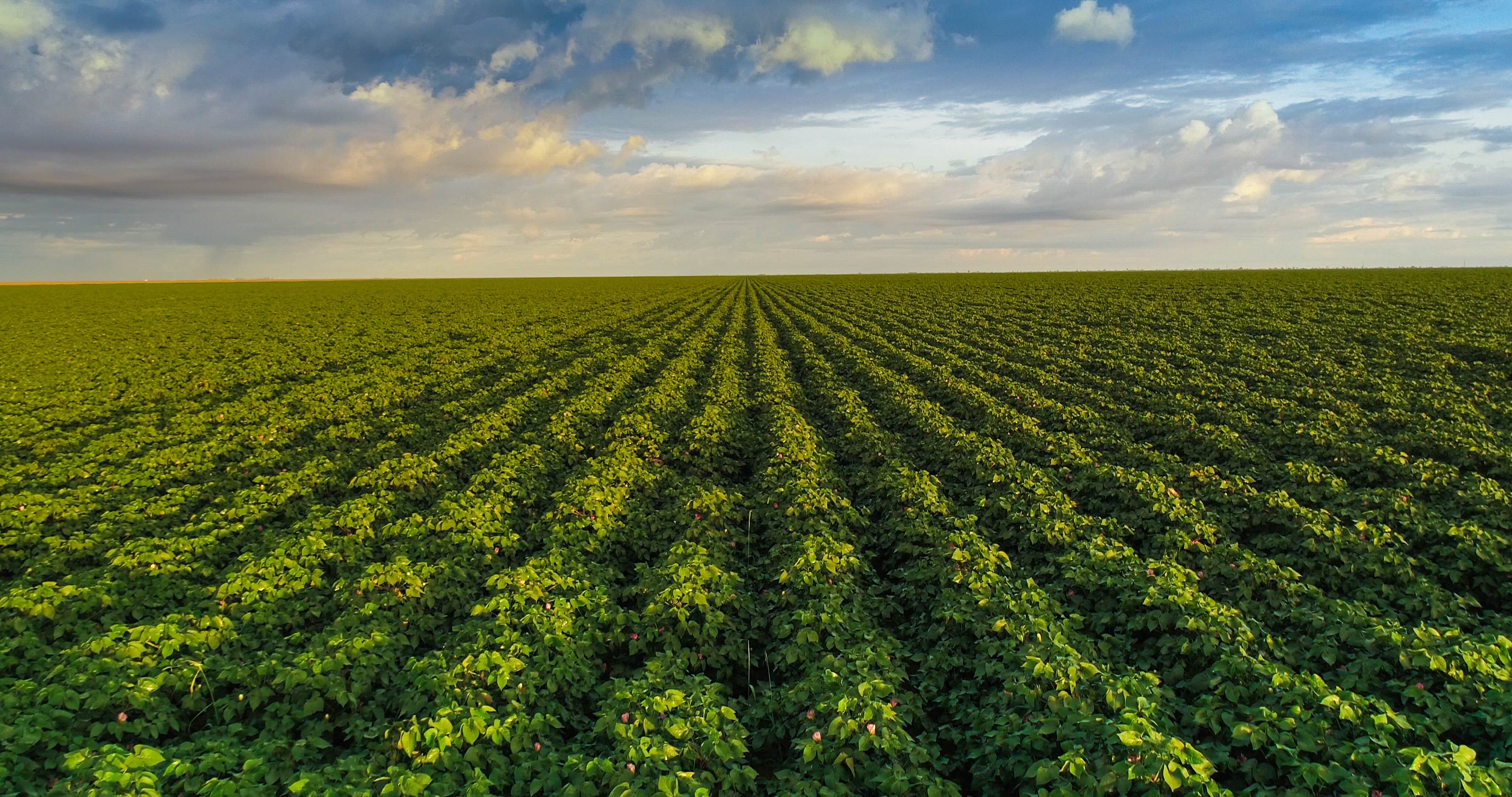
Next generation weed control
But now VIRESTINA™ technology can offer a new source of hope. After a decade of testing, refining and developing, innovation in grass weed control is imminent for farmers in the region. Developing this latest innovation involved testing more than 15,000 potential compounds and the work of hundreds of scientists and technical experts across the world.
Recognized as a new chemical subclass, VIRESTINA™ technology developed by Syngenta is the latest generation of a powerful class of herbicides known as ACCase inhibitors that disrupt a key enzyme in the weed's cells.
Watch the results of a 21-day lab test with pots of Lolium multiflorum. From left to right: Untreated plants, plants treated with generic grass herbicides and, on the right, plants sprayed with VIRESTINA™ technology. PICTURE CREDIT: © Syngenta. Courtesy of Will Plumb and Ania Jamka, Syngenta.
Watch the results of a 21-day lab test with pots of Lolium multiflorum. From left to right: Untreated plants, plants treated with generic grass herbicides and, on the right, plants sprayed with VIRESTINA™ technology. PICTURE CREDIT: © Syngenta. Courtesy of Will Plumb and Ania Jamka, Syngenta.
“In developing this new molecule, we wanted to target specific ACCase enzymes within resistant grass weeds – those which have developed resistance to traditional herbicide options,” says Tony Seville, Research Portfolio Management Lead.
This target specificity not only boosts efficacy but is part of a broader scientific breakthrough. The design of VIRESTINA™ technology means it can adapt its binding ability to the target site of the weed and control the currently known ACCase mutations that make grass weeds resistant.
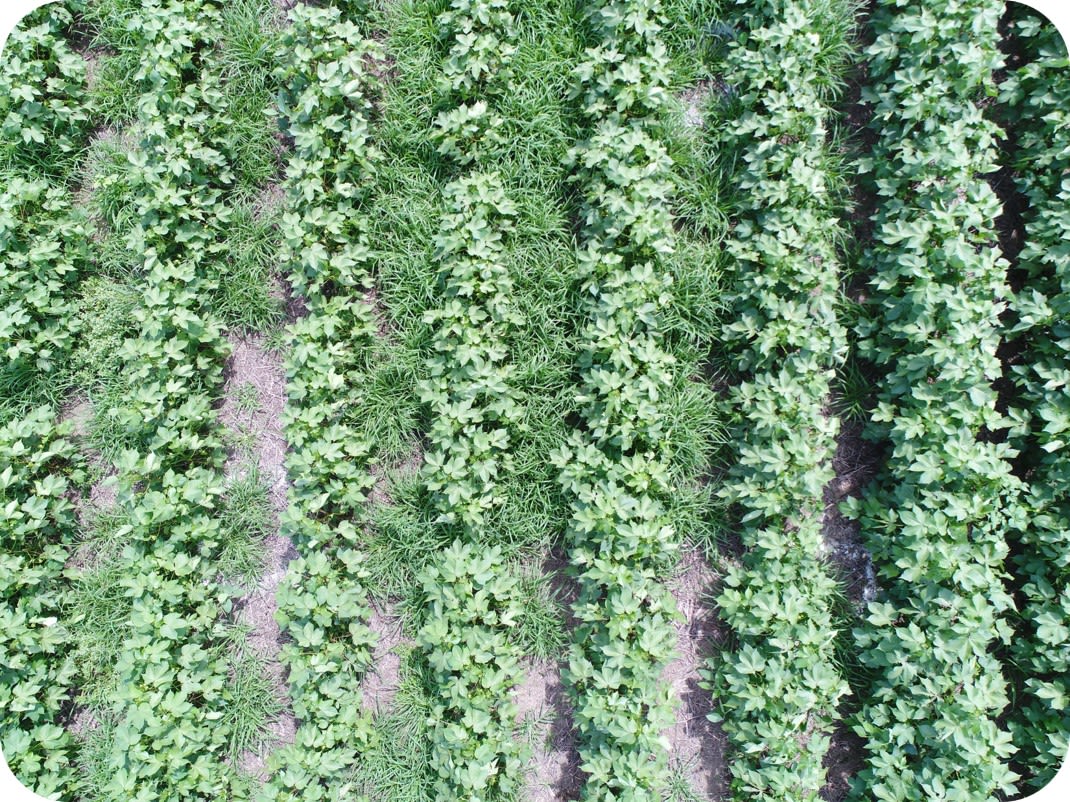
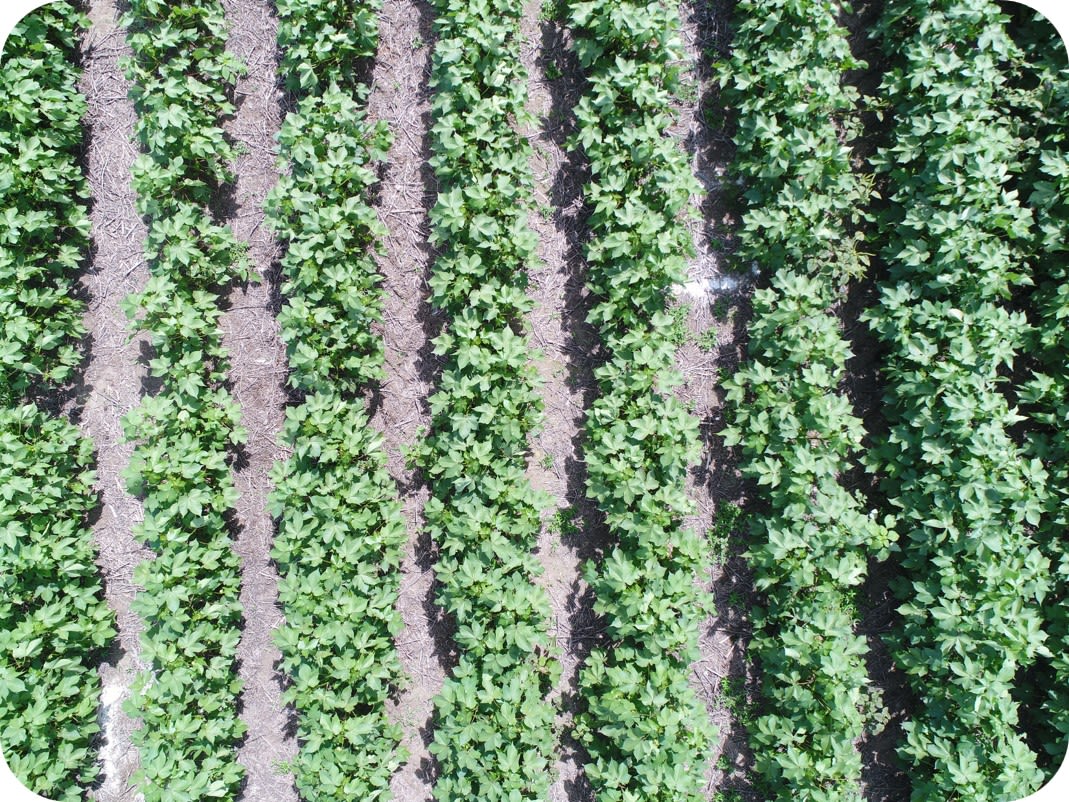
Key to the success of the development of VIRESTINA™ technology was the predictive science that saw the problem of herbicide resistance coming and a specific design philosophy. It was designed from the ground up to ensure optimal performance against a range of criteria from its impact on weeds to its highly favourable safety profile.
“We use a multi-parameter optimization approach when designing,” explains Chris Baker, Head of Computational Chemistry, “balancing efficacy, sustainability, and crop selectivity.”
Field showing VIRESTINA™ technology (left) versus untreated rows.
Field showing VIRESTINA™ technology (left) versus untreated rows.
As a result, farmers in Argentina and Brazil no longer need to rely on current tools that are losing their efficacy. Instead, with VIRESTINA™ technology, they will be able to take advantage of an innovative and effective next-generation grass weed control option.
Thanks to Syngenta’s innovations, VIRESTINA™ technology is set to give them back control over their fields.
© 2025, Syngenta. All rights reserved. The information contained in this publication is proprietary.
VIRESTINA™ technology is a trademark of a Syngenta Group company.
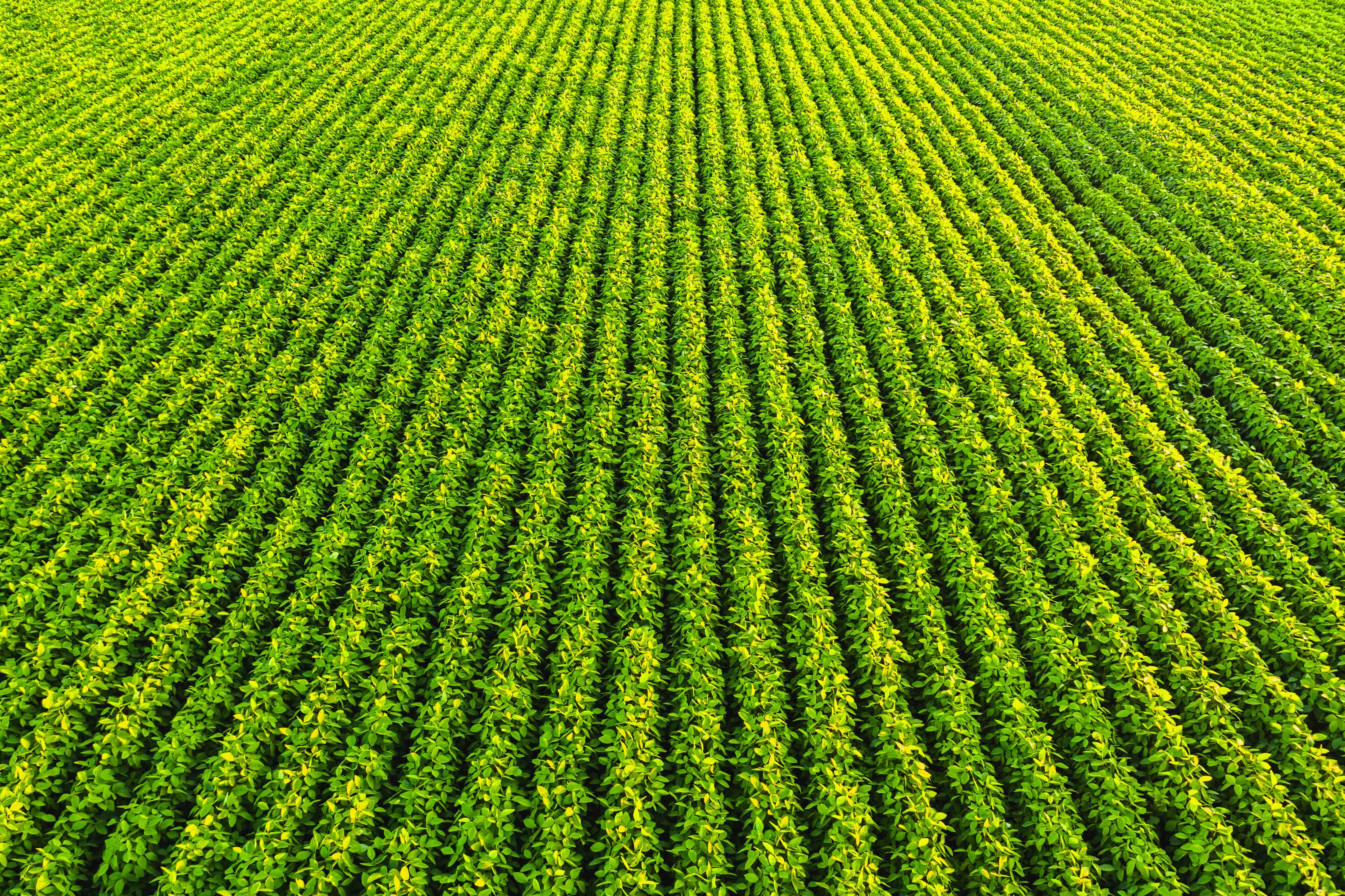

This year, Syngenta is celebrating its 25th anniversary. We are proud of our continuous innovation and contribution to the food system over the past quarter century. Check out more of our stories about innovation.
This year, Syngenta is celebrating its 25th anniversary. We are proud of our continuous innovation and contribution to the food system over the past quarter century. Check out more of our stories about innovation.


